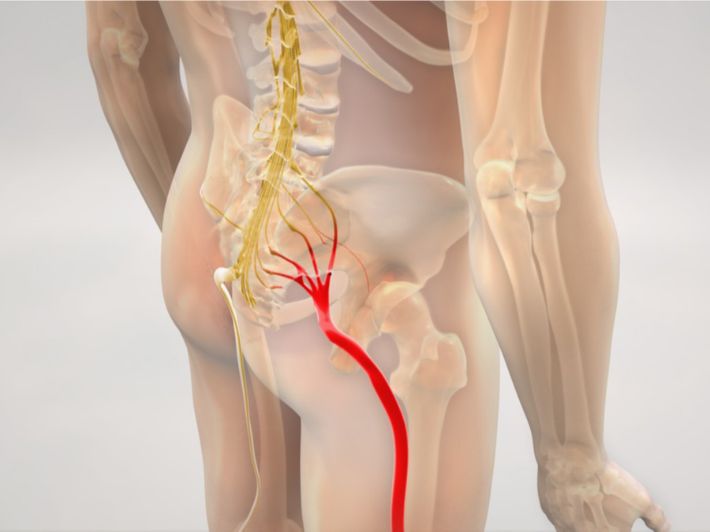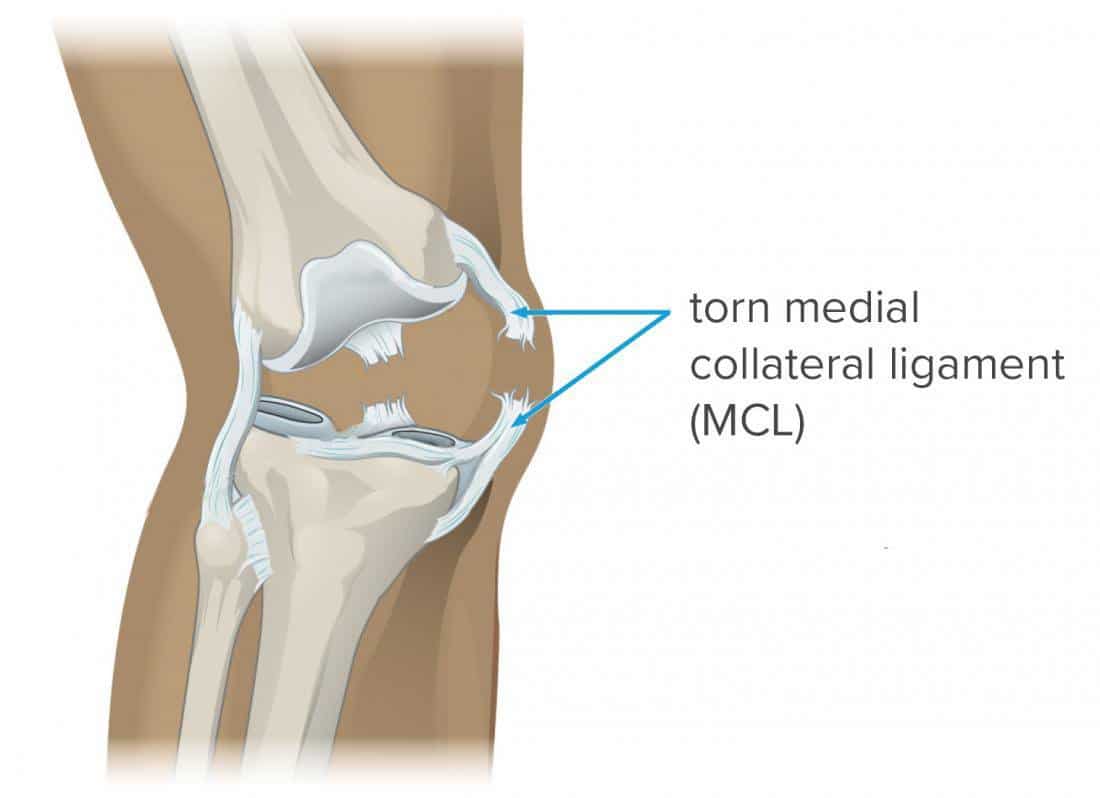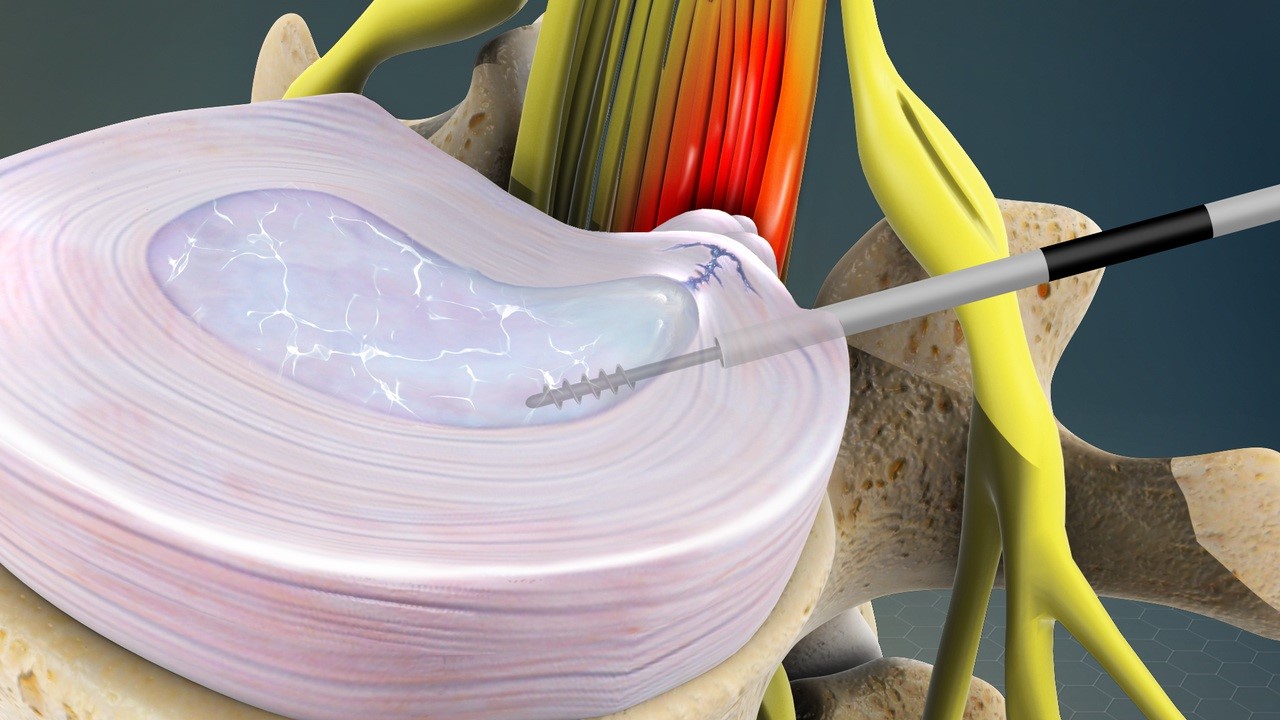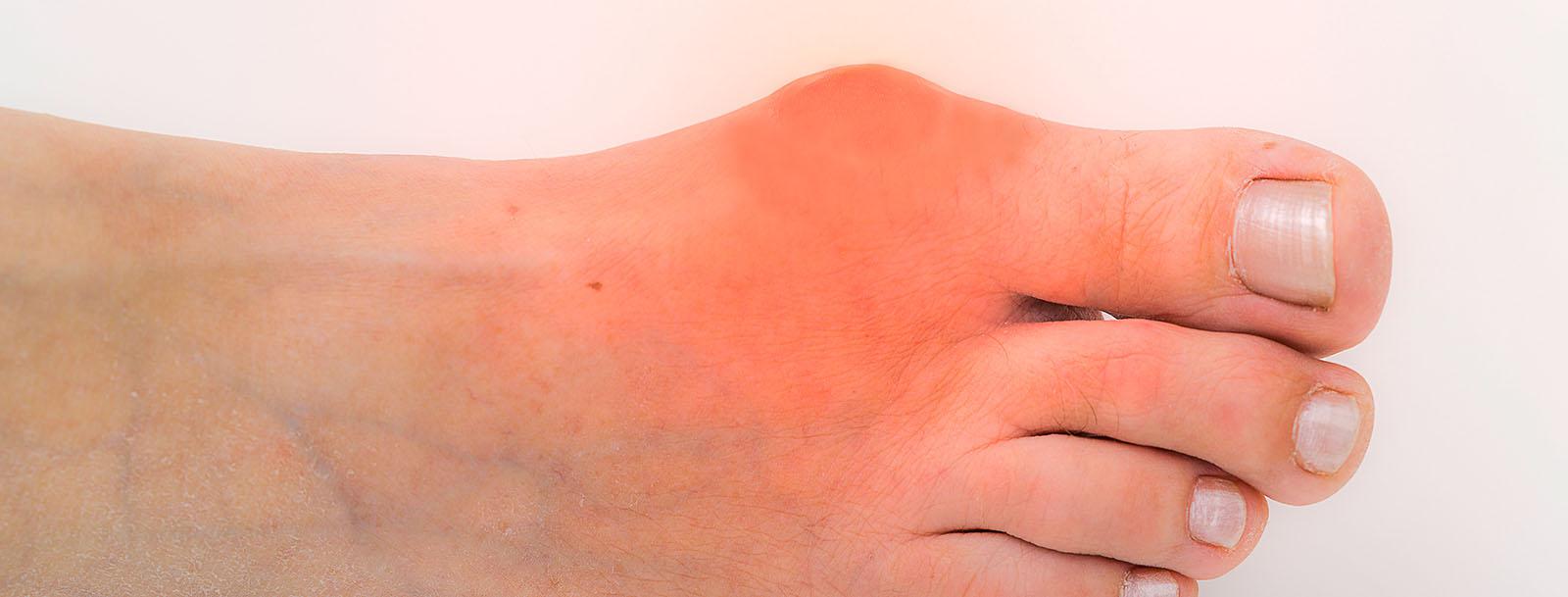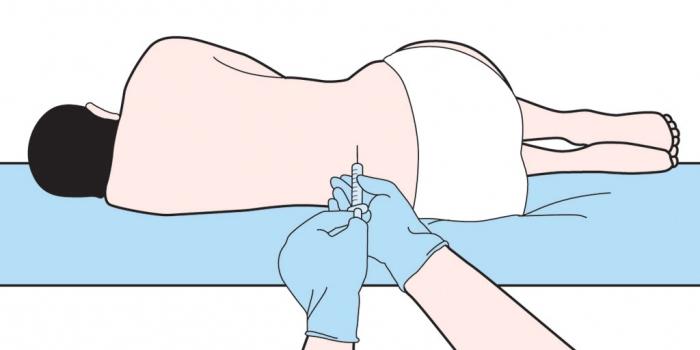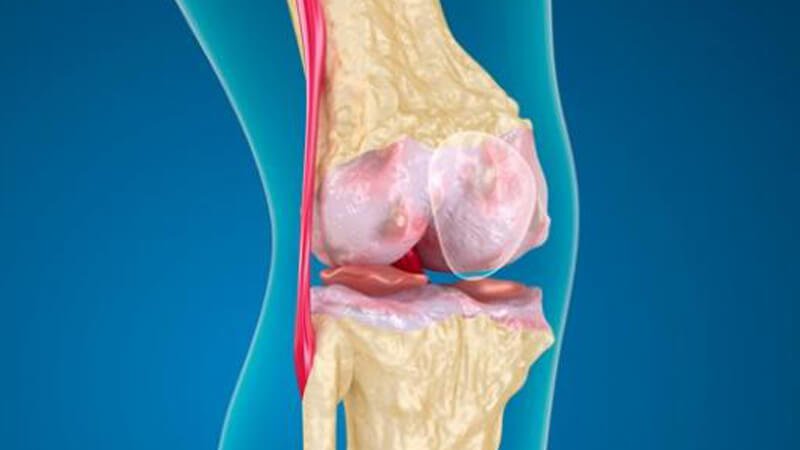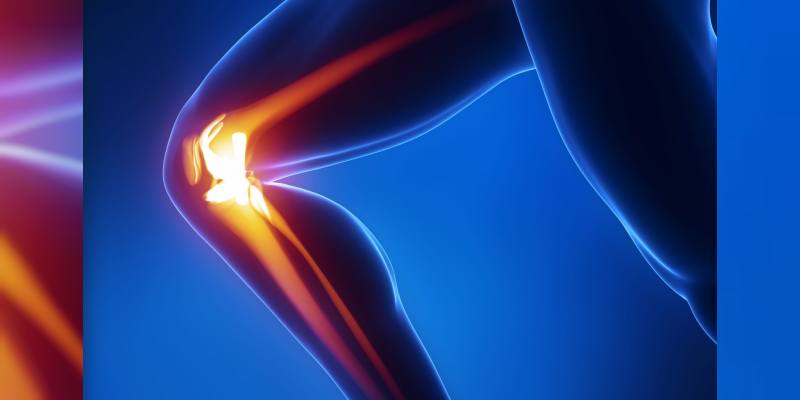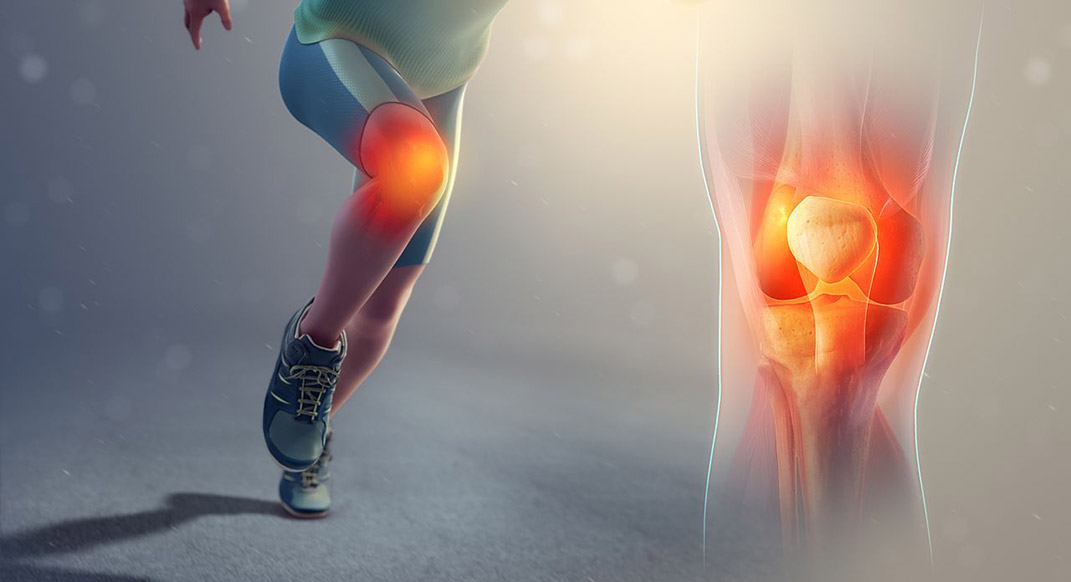Learn about Hidradenitis Suppurativa (HS) and whether walking can help treat it
Sciatica
If you ever experience severe pain that starts in the lower back and radiates down one of your legs, you may have heard of a condition called sciatica. Sciatica is not just a passing medical condition; it is a disorder that can significantly affect your quality of life and cause bothersome pain. In this article, we will delve into sciatica in detail, highlighting its causes, symptoms, and how to deal with this condition.
What is Sciatica?
Sciatica is a condition characterized by a large nerve that extends from the lower back, through the buttocks, and down the leg to the foot. This nerve plays a crucial role in enabling movement and sensation in the leg. If this nerve is subjected to pressure or irritation, it can cause sharp pain that travels from the lower back to the leg, and this is known as sciatica.
Causes of Sciatica:
Although the causes of sciatica can vary, the most common and prevalent ones include:
- Herniated Disc: A herniated disc in the lumbar spine can compress the sciatic nerve.
- Muscle Inflammation: Inflammation of the muscles in the lower back can lead to irritation of the sciatic nerve.
- Spinal Stenosis: Narrowing of the spinal canal can exert pressure on the sciatic nerve.
Symptoms:
Common symptoms of sciatica include:
- Acute or chronic pain in the lower back and leg.
- Tingling or numbness in the affected leg.
- Weakness in the leg muscles.
How to Deal with Sciatica:
If you are experiencing symptoms of sciatica, it is always advisable to consult a doctor or medical professional for evaluation and diagnosis. Your treatment plan may include:
- Medical treatment, which may involve taking anti-inflammatory and pain-relieving medications.
- Physical therapy to strengthen the muscles in your back and legs and improve flexibility.
- Surgery in severe and complicated cases.
Sciatica (the sciatic nerve) is a medical condition that requires immediate attention if its symptoms appear. If you are suffering from lower back and leg pain, do not hesitate to consult your doctor for an assessment and appropriate treatment. Prompt and effective care can help you overcome this condition and live freely and comfortably.
How Do I Know if I Have Sciatica?
Sciatica is a condition that causes sharp pain and numbness in the lower back area due to a herniated disc. The pain can radiate along the nerve pathway, reaching the buttocks, the back of the thigh, and even down to the toes. You may experience tingling or numbness in the lower back area, and the pain can extend to the leg and toes. Muscle weakness and numbness or difficulty moving the leg or foot may also accompany the pain.
To determine if you have sciatica, you can follow a simple test called the straight leg raise test. The doctor raises your leg straight and tries to identify whether you feel pain or numbness during the movement. This test helps the doctor determine whether you have sciatica or not.
If you are diagnosed with sciatica, there are various treatments, including surgical and non-surgical options. Avoiding heavy lifting and maintaining good body posture can help alleviate pain. Hot packs can be used to relieve pain and reduce muscle spasms.
It is worth mentioning that sciatic nerve pain may be intermittent and worsen with sudden movements such as sneezing or coughing. Other methods to alleviate pain include bending the hips and knees to maintain the spine’s alignment and reduce pressure on the sciatic nerve.
If you are experiencing symptoms similar to sciatica, it is recommended to visit a doctor for an accurate diagnosis and receive appropriate treatment.
How Is Sciatica Treated?
The treatment of sciatica involves a variety of methods and techniques aimed at relieving pain and improving mobility. Here is a list that includes different treatments that can be used to treat sciatica:
- Medications: These include non-steroidal anti-inflammatory drugs (NSAIDs) and corticosteroids, which can help reduce inflammation and pain. Antidepressants may also be prescribed to alleviate pain and improve mood. Muscle relaxants may be used to reduce muscle spasms associated with sciatica.
- Physical Therapy: Physical therapy can be effective in strengthening the muscles in the back and legs and improving spinal, hip, and leg flexibility. It may include stretching exercises, muscle strengthening, deep breathing techniques, massage, and water exercises.
- Acupuncture: Acupuncture is used in complementary therapy to relieve pain and improve mobility. Needles are inserted into specific points on the body to stimulate nerves and enhance energy flow.
- Manual Therapy: This includes massage and manual manipulation techniques to relieve tense muscles and improve mobility. Deep tissue massage and osteopathic manipulation can be used to strengthen tissues and enhance muscle flexibility.
- Hydrotherapy: Hydrotherapy can be beneficial in reducing pressure on the spine and relieving pain. Hydrotherapy can be performed in swimming pools or hot tubs to improve mobility and reduce nerve pressure.
- Transcutaneous Nerve Stimulation: This treatment uses techniques such as massage or pressure on specific skin areas to relieve pain and improve mobility.
- Yoga: Yoga consists of exercises that focus on body and mind concentration, enhancing flexibility and balance. Yoga exercises can be helpful in strengthening muscles and improving spinal flexibility.
Treatment for sciatica may require the use of multiple methods and techniques together to achieve the best results. Consultation with a specialized doctor is necessary to determine the appropriate treatment for your condition and help alleviate pain and improve mobility.
How Serious Is Sciatica?
Sciatica is a condition that causes sharp nerve pain in the leg due to irritation or compression of the sciatic nerve. This irritation can occur as a result of a herniated disc or excess bone growth on the vertebrae. Sciatica is characterized by severe pain in the lower back that radiates deep into the buttocks and extends down the leg.
While it is not always possible to prevent sciatica, the risk of developing it can be reduced by following some preventive measures. Among these measures, regular exercise plays a crucial role in strengthening and stretching the muscles surrounding the sciatic nerve, which helps reduce pressure on it. It is also recommended to avoid heavy lifting and maintain proper body posture while sitting and standing.
Complications of sciatica are possible, as symptoms can progress to chronic pain and nerve damage. Continuous pressure on the sciatic nerve can lead to leg weakness and loss of control over pelvic functions such as urination. Additionally, sciatica can cause severe pain that hinders daily mobility and affects the quality of life.
Therefore, patients experiencing symptoms of sciatica should seek appropriate treatment. There are many treatment options available, including surgical and non-surgical treatments. The type of treatment depends on the severity of symptoms and their impact on the patient’s life. Patients should avoid strenuous physical activities and be cautious of severe pain that may exacerbate the condition.
In general, it can be said that sciatica can be serious if not properly addressed. Therefore, patients should seek appropriate treatment and follow medical recommendations to alleviate symptoms and prevent potential complications.
Does Walking Help Treat Sciatica?
Walking is a simple and accessible activity that can have a significant impact on treating sciatica. In this comprehensive list, we will present some reasons why walking is effective in treating this painful condition.
- Muscle Strengthening: Walking is an excellent exercise for strengthening the muscles of the body in general and the back muscles in particular. When the back muscles are strong, they can support the spine and reduce pressure on the affected sciatic nerve.
- Improved Blood Circulation: Walking increases blood flow to muscles and organs. This helps nourish the tissues affected by sciatica with the necessary oxygen and nutrients for healing.
- Enhanced Flexibility: Sciatica patients may suffer from limited muscle and ligament flexibility. Regular walking can increase muscle and ligament flexibility, helping to relieve pressure on the sciatic nerve and reduce pain.
- Mood Improvement: Walking is a soothing and relaxing physical activity. It can help improve mood and reduce the stress and anxiety associated with sciatica. Feeling mentally comfortable may contribute to improved endurance and commitment to treatment.
- Weight Management: Excess weight is a contributing factor to increased pressure on the sciatic nerve. Walking can contribute to weight loss and weight maintenance, reducing pressure on the sciatic nerve and helping to alleviate pain.
- Improved Overall Quality of Life: When you have sciatica, it can affect your daily life and your ability to perform routine activities. Regular walking can improve mobility and daily performance, contributing to an overall improvement in the quality of life.
In short, walking is a simple and effective activity that can help in the treatment of sciatica. If you are suffering from this painful condition, walking may be the ideal solution for you. Don’t forget to consult your doctor before starting any new treatment program.
Can Sciatica Heal on Its Own?
When a person experiences sciatica, they may wonder if self-care alone can lead to a complete recovery from this challenging condition. In this article, we will take a look at the effectiveness of self-care in treating sciatica and whether it can be sufficient for healing.
- Rest and Relaxation: After the onset of a sciatica episode, the individual needs to rest for several days. Any activities that exacerbate sciatic nerve pain should be avoided. Supportive pillows and lying down on the bed can help alleviate pressure on the inflamed nerve.
- Application of Ice and Heat: Applying ice can reduce inflammation and pain in the affected area. Ice should be applied to the back for 15-20 minutes several times a day. Afterward, dry or moist heat can be used to relax tense muscles and improve blood circulation.
- Physical Exercise: Physical exercises can be effective in strengthening the muscles surrounding the sciatic nerve and improving its flexibility. These exercises include gentle stretching, core muscle strengthening, and stretching exercises. Consultation with a doctor or physical therapist is advised before starting any exercise regimen.
- Avoiding Harmful Activities: Lifting heavy objects or engaging in activities that put pressure on the sciatic nerve should be avoided. It may be necessary to change some daily habits, such as sitting and sleeping positions, to reduce pressure on the nerve.
- Physical Therapy: Physical therapy can be effective in relieving pain and improving the movement of the sciatic nerve. It includes techniques such as massage, specialized exercises, heat therapy, deep tissue massage, and guided motion.
- Medication: In some cases, individuals may need to take pain-relieving medications to alleviate sciatic nerve pain. Consulting a doctor before taking any medication is important to avoid negative interactions or side effects.
In conclusion, while self-care measures can be effective in managing sciatica, the severity and persistence of the condition may require medical intervention. It’s essential to consult a healthcare professional for a proper diagnosis and to determine the most suitable treatment plan.
In the end, the improvement of sciatica depends on the characteristics and severity of the condition. Self-care may be sufficient to reduce pain and improve the condition in many cases. However, some individuals may require professional medical treatment to achieve full recovery. Therefore, consulting a doctor is necessary to assess the situation and determine the appropriate treatment.
How Long Does Sciatica Pain Last?
Sciatica pain is a condition experienced by many individuals and can last for a variable period depending on each person’s case. Here is some information about the duration of sciatica pain:
Short Duration: Some individuals may experience sciatica pain for a short period ranging from a few days to a few weeks. In this case, the pain can be uncomfortable and bothersome but gradually disappears with treatment and rest.
Moderate Duration: Sciatica pain can last for several weeks to several months. In such cases, the pain may be more intense and significantly affect the person’s life. The treatment of this condition depends on the underlying causes of sciatica pain and the guidance of the treating physician.
Long Duration: In rare cases, individuals may suffer from sciatica pain for an extended period that exceeds several months. The pain can be continuous and chronic, significantly impacting the person’s life and daily activities. In this case, treatment may be more complex and require specialized medical consultation.
Regardless of the duration of sciatica pain, it is advisable to obtain an accurate diagnosis from a specialist doctor and follow the prescribed treatment plan. Treatment may include stretching exercises, physical therapy, and in severe cases, surgery may be necessary. It is also essential to avoid activities that exacerbate sciatic nerve pain and maintain good body posture while sitting and standing.
What Are the Causes of Sciatica?
Sciatica is a common condition that affects the sciatic nerve in the lower back area. It occurs when the sciatic nerve is compressed due to a herniated or slipped disc in the spine. In such cases, the condition is diagnosed as bone spurs on the spine.
Sciatic nerve inflammation is one of the main causes of sciatica. The pain associated with this condition can be intermittent or continuous and worsens with certain activities such as sneezing or coughing. Affected individuals may experience tingling or numbness in the lower back area, and the pain can radiate along the nerve to the toes.
In addition to a herniated disc, there are other causes that can lead to sciatica. Among these causes are spinal infections, stress, injuries, and nerve compression resulting from muscle spasms. Genetic factors may also play a role in increasing the likelihood of developing sciatica.
To prevent sciatica, it is advisable to follow some preventive measures. These include maintaining good body posture while sitting and standing, engaging in appropriate exercises to strengthen core muscles, and avoiding sudden movements that may exacerbate back pain.
In conclusion, sciatica is a condition that causes pain and disruptions in the daily lives of those affected by it. Consulting a specialist doctor is necessary to diagnose the condition and develop an appropriate treatment plan. Common treatments for sciatica may include physical therapy, pain-relieving medications, and in severe cases, surgery may be required to relieve pressure on the sciatic nerve.
Does Sciatica Pain Lead to Stroke?
No, sciatica pain does not lead to a stroke. However, it can have other health consequences. Here are some points that illustrate the impact of sciatica on health:
Leg and Foot Numbness: Individuals suffering from sciatica may experience numbness or tingling in the leg and foot. This may be due to the pressure on the sciatic nerve, affecting blood supply and nerves in the area.
Muscle Weakness: In advanced cases of sciatica, muscle weakness may occur in the muscles controlling the leg and foot. This can result from damage or continuous pressure on the sciatic nerve.
Sleep Disturbances: People with sciatica may have difficulty sleeping due to pain and numbness. This can affect their quality of life and lead to fatigue and frequent awakenings during the night.
Psychological Impact: Individuals with sciatica may experience negative psychological effects, such as depression and anxiety, due to continuous pain and limited ability to perform daily activities.
Impact on Daily Life: Sciatica can affect the ability to perform daily activities normally, such as walking and standing for extended periods. Sudden leg pain and numbness may occur while driving or working, affecting performance and focus.
Despite these negative effects, sciatica is not a direct risk factor for stroke. However, if you are experiencing severe symptoms or suspect other health issues, it is advisable to consult a doctor for a thorough evaluation and appropriate treatment.
Does Sciatica Cause Weight Loss?
Sciatica is a medical condition that causes sharp lower back pain due to herniated disc slippage in the spine. While sciatica can lead to numbness and weakness in the affected leg, it does not directly cause weight loss.
In reality, weight loss results from the balance of energy between consumed and burned calories. Therefore, there is no direct impact of sciatica on the process of calorie burning in the body.
However, sciatica can affect your physical activity and your ability to exercise normally. When you experience severe back pain and numbness in the leg, you may find it difficult to engage in physical exercises and movement in general. This can lead to reduced physical activity, which in turn may affect calorie burning and, consequently, weight loss.
So, if you are suffering from sciatica and want to maintain a healthy weight, it is advisable to consult a specialist doctor to assess your condition and guide you through appropriate ways to manage the pain and improve your mobility and exercise capacity.
In addition, there are some preventive measures that can be followed to reduce the risk of developing sciatica, such as avoiding heavy lifting, maintaining a healthy weight, and avoiding prolonged periods of standing or sitting. If your symptoms do not improve or persist, you should consult a doctor for an evaluation of your condition and appropriate treatment.
What Are the Benefits of Drinking Sheep Milk for Sciatica?
I would like to clarify that there is no scientific evidence to support the benefits of drinking sheep’s milk on an empty stomach for repairing cartilage, herniated discs, or sciatica. Sheep’s milk may contain a high amount of fat and cholesterol in small quantities, and its benefits are extremely limited. It may also have unwanted side effects that can affect heart and vascular health.
Benefits of Lamb Meat for Treating Sciatica:
Rich in Magnesium: Lamb meat contains a high amount of magnesium, which is an essential mineral that plays a crucial role in repairing cartilage and tissues. Therefore, consuming lamb meat can be effective in treating sciatica and relieving sciatic nerve pain in the lower back.
High in Protein: Lamb meat contains a significant amount of protein, which is essential for tissue and muscle building and repair. Therefore, consuming lamb meat helps promote muscle health and overall body strength.
Good Source of Vitamins and Minerals: Lamb meat contains a variety of essential vitamins and minerals for overall body health, such as vitamin B12, iron, and zinc. These nutrients boost the immune system and help improve vital bodily functions.
Contains Healthy Fats: Lamb meat contains a high proportion of healthy fats, including omega-3 fatty acids. These healthy fats help reduce body inflammation and promote heart and vascular health.
Improves Digestion and Absorption: Lamb meat contains a high level of digestible proteins, which can enhance the digestive process and absorption in the digestive system. As a result, consuming lamb meat contributes to digestive health and reduces digestive-related issues.
Enhances Skin and Hair Health: Lamb meat provides essential nutrients like protein, vitamin B12, and iron that are necessary for skin and hair health. Therefore, consuming lamb meat can improve and strengthen the appearance of skin and hair.
Helps Reduce Stress: Lamb meat contains a range of nutrients that help lower stress levels, such as zinc and magnesium. Therefore, consuming lamb meat can be an effective way to enhance mood and reduce stress.
However, lamb meat should be consumed in moderation and as part of a balanced diet. It’s advisable to consult a doctor before incorporating any specific food into your diet for treating any medical condition.
When Does Sciatica Pain Increase?
Sciatica pain can worsen in several different situations, including:
Irritation and Inflammation: Irritation and inflammation can occur in the lower back area, leading to increased sweating and causing pain.
Stress: Sciatica pain can increase when a person is under psychological or physical stress. When the body is tired and stressed, sweat production increases, resulting in more severe pain.
Prolonged Sitting or Standing: When a person sits or stands for an extended period, it can compress the nerve in the lower back, leading to increased sweating and the emergence of pain.
High Temperatures: Sciatica pain can worsen in hot weather conditions because high temperatures can lead to increased sweating, exacerbating the pain.
Tension and Anxiety: Stress and anxiety can lead to increased sweating and worsen sciatica pain.
Severe Pain and Obesity: In cases of severe lower back pain or obesity, sweat production can increase, intensifying the pain.
In summary, sciatica pain can increase in cases of irritation, inflammation, stress, nerve compression in the lower back, prolonged sitting or standing, high temperatures, tension, anxiety, severe pain, or obesity.
